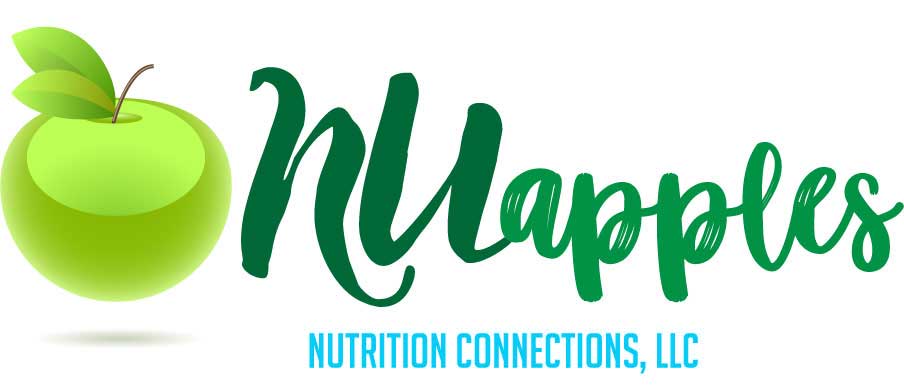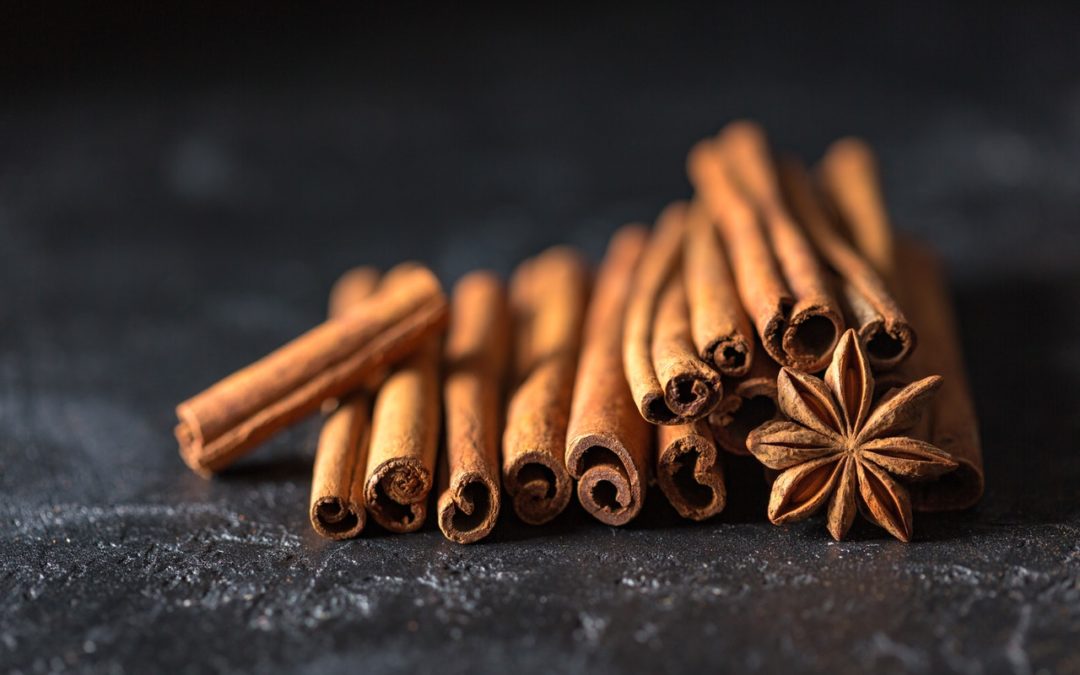Cinnamon usage dates back as early as 2,000 B.C. were Historians report the utilization by the early Egyptians and Hebrews to heal the sick, as perfumes and as an ingredient in Biblical anointing oils. Today, the use of Cinnamon is not only prevalent in culinary arts, but more importantly, for its medicinal properties as a Functional Food.
Cinnamon comes from the inside bark of the stems of cinnamon trees. The stripping of the outer wood layers exposes the inner layer of the bark, which is known as Cinnamomum. Cinnamomum undergoes a drying process, which causes it to curl, forming into “cinnamon sticks.” The art of grounding the sticks forms the powder of what we call Cinnamon. Cinnamon bark contains three essential oils of which scientist identifies cinnamaldehyde as being the most important of the oils that give the aroma and hot spicy flavor of Cinnamon.
The many medicinal effects of Cinnamon are derivatives of cinnamaldehyde oil. It goes without saying; the medicinal experiences witnessed over 2,000 years B.C. is relevant to us today. Current research is now showing the antioxidant effects of Cinnamon far exceed those of ginger, anise, and nutmeg.
As a certified diabetes educator, I have a particular interest in the effects cinnamon has on diabetes. Studies are showing that Cinnamon positively improves diabetes through the pathways of insulin resistance and the Metabolic syndrome. Statistical data reports there are three million U.S. cases of Metabolic syndrome per year in the U.S. Characteristics of Metabolic syndrome include excess body fat around the waist, high blood pressure, high cholesterol, and insulin resistance. As a result, the syndrome is a precursor to type 2 diabetes, coronary diseases, and stroke.
Insulin resistance occurs when the body no longer responds to insulin. To quickly summarize: Insulin allows for the entry of glucose (blood sugars) into the cells within the body. Without insulin, glucose cannot enter into cells resulting in elevated levels of glucose in the bloodstream. When cells no longer respond to insulin to allow glucose to flow in, this is known as “insulin resistance.” High glucose in the blood at any given time is toxic and, over time, will result in diabetes with all of its complications. However, one of the powerful effects of Cinnamon is its ability to make cells more sensitive to insulin, allowing for glucose entry. As a result, lower blood glucose. Evidence-based research continues to show Cinnamon’s capability to prevent Insulin resistance, as well as metabolic syndrome and type 2 diabetes.
Another noteworthy study concludes Cinnamon has an anti-diabetic effect within the body by lowering fasting blood sugar levels by 10%. The study reports 3 grams (.6 teaspoon) of cinnamon powder per day seems to have a moderate effect in reducing fasting glucose in diabetic patients with poor control.
Also, another finding shows Cinnamon can act in the same capacity as insulin. There is a substance in Cinnamon that can work on cells by mimicking insulin. The study provides evidence that Cinnamon improves glucose uptake by the cells, through the actions very similar to insulin. However, the study emphasizes the substance acts much slower than insulin.
Cinnamon, a pure substance from the bark of a tree, may cut the risk of heart disease, improves diabetes/metabolic syndrome. Cinnamon helps with Alzheimer’s and Parkinson’s disease, and protect against cancer, helps fight bacterial and fungal infections, and may help fight HIV Virus and a whole host more of which research has yet to discover. These medicinal benefits are well known to ancient civilizations and, however, consider to be discoveries of today. Perhaps it’s true what a wise king once said, “there is nothing new under the sun.” Cinnamon is the Bark for Life.


Thanks for your blog, nice to read. Do not stop.
Thank you appreciate you taking the time to read my Blog!